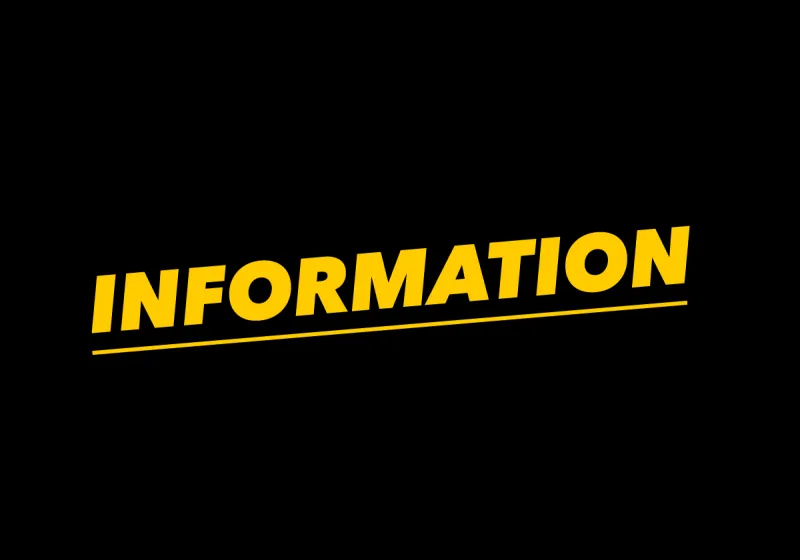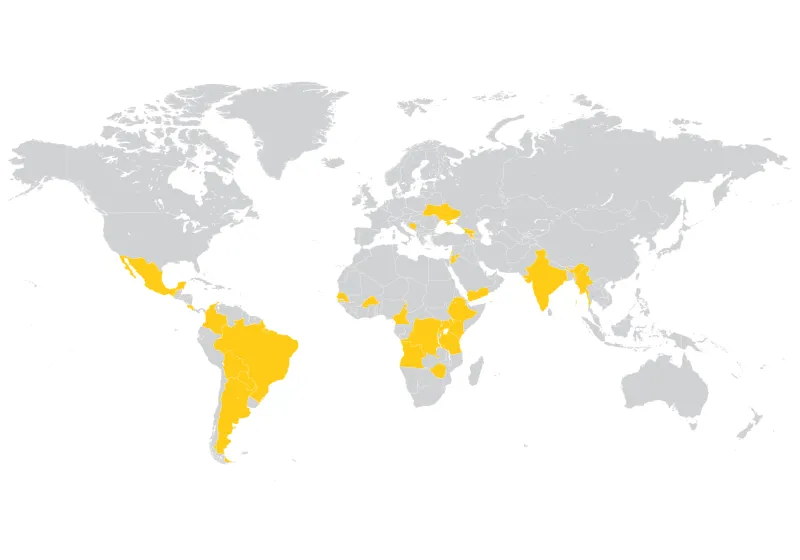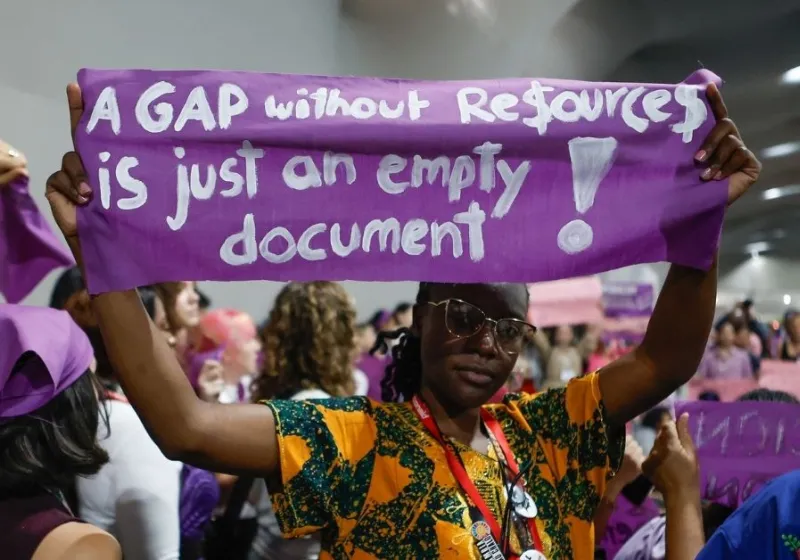Rosalina, survivor and change maker: “Unearthing their bones is unearthing our history”

A hill. That is basically our destination today. But it is definitely more than that. Much more.
We arrive early in the morning, after picking up several women and young members of CONAVIGUA (acronym which stands for Coordinadora Nacional de Viudas de Guatemala, the National Coordinating Committee of Widows of Guatemala) from different villages in the Chimaltenango region (southwest of Guatemala) on our route towards our final destination, the Paisajes de la Memoria (Landscapes of Memory), a memory site created by CONAVIGUA in a terrain where buried bodies of disappeared people were found. Now it has become an important site of reparation, reconciliation, and symbolical political struggle of victims, mainly women.
The van that takes us there cannot go all the way to the top, as it is a very steep road, so we descend at some point, and walk the rest of the way, together with the youngsters and Rosalina Tuyuc, leader of CONAVIGUA, a local organisation founded in 1988 and mainly formed by women, approximately 800 of them, from the town of San Juan Comalapa and other four neighbouring villages. Rosalina is a leading human rights activist, elected as a Congressional deputy in 1995 from the national list of the New Guatemala Democratic Front, and served as Vice President of Congress during that period.
In 1982 the Guatemalan army kidnapped and murdered her father, and three years later her husband suffered the same fate.
So far at least three families have said that they are not going to take their relative away because they say that thorugh dreams they have spoken to their relatives, and they say they do not want to leave, because here they have been treated very well.
At the top of the hill we are received by some people that are already there, mainly women, who are already arranging the activities that will be held, as part of our visit. Firstly, they are preparing a humble ceremony, asking permission to the spirits that inhabit the place so we can carry on our visit. The ritual consists of a small bonfire fed by wood, old newspaper pages, flower petals, and aromatic powders that smell like sandal.
The site, which has an ossuary passage and a small building that serves as some kind of temple and social room, with several lit candles in the floor, and murals depicting Mayan characters and history in the interior and exterior walls, is placed in the middle of huge trees that give shade to the passage and to the building, as well as to a couple of huge holes that still remain, as a harsh reminder of the terrible things that happened here.
Guatemala is a country with a highly contrasting economy. In Ciudad de Guatemala (the capital city, and according to The Economist in 2016 the most expensive Latin American city to live in) there are some areas with an HDI (Human Development Index) similar to those of countries from the global north, while in rural areas there are places in extreme poverty. The colonialist heritage of the country is still strongly perceived, as racism and discrimination still prevail in the general mindset of Guatemalan society. Consequently, the highest levels of poverty can be found among the indigenous communities.
On December 29th 1996, the Government of Guatemala and the guerrilla forces grouped in the Unidad Revolucionaria Nacional Guatemalteca (National Revolutionary Unity from Guatemala, URNG for its Spanish acronym) signed the Peace Agreement. It was the culmination of a long process of negotiations that began in 1987, when the then President of the Republic Vinicio Cerezo, promoted the first meetings between the forces that had been facing each other since the 1960s. The structural causes of the conflict involve the access to land, as well as the defence of the territories in face of extractivism and agroindustrial projects, all of which are at the core of the struggles of the Guatemalan peasant indigenous organisations.
This process faced numerous obstacles, including the rejection of the business sector and the deep mistrust of the military. However, since 1994, when the negotiations began to take shape in agreements, the agreement has brought together commitments in socio-economic and agrarian matters, the rights and identity of indigenous peoples, and the strengthening of civil power, guidelines for reintegration and for historical clarification, among others.
Nonetheless, in 1999 the process faced discontent and disagreement from various sectors, which led society to a situation that left more than 200,000 victims of violence. The post-conflict situation was virtually adrift, with no strategic direction. This exposed society again to war and plunged it into the circle of unresolved problems and emerging threats. At the economic and social levels, poverty and unemployment had increased; access to essential services such as health and education had been reduced.
These are pending issues: the issue of peace, the issue of truth, the issue of access to justice.
We are still sharing the initial moment of our visit sitting around the bonfire, amidst the trees that inhabit the area, listening to Rosalina as she explains the importance of the work that CONAVIGUA does on a national level, with the support of the Fundación de Antropología Forense (Forensic Anthropology Foundation), an NGO that has done the technical procedures for the excavations, the DNA testing for the identifications, and which has also has accompanied the burial ceremonies with the communities. It is not only here in the Landscapes of Memory that they have been intensely working together with relatives from disappeared people in Guatemala to find what happened to them, where their remains may be, and thus struggling to access the truth, some repair and hope for justice.
The Comisión del Esclarecimiento Histórico (Commission for Historical Clarification) created by the Peace Agreement concluded that in Guatemala the enforced disappearance of people was established as a systematic practice that corresponded, in almost all cases, to intelligence operations. The purpose was the disarticulation of social movements and organisations which the government identified as prone to support guerrilla groups, and also the spreading of terror among the population. During the internal armed conflict, approximately 45,000 people were forcedly disappeared in Guatemala.
After our silent walk through the ossuary passage, overwhelmed by the amount of names engraved in plaques throughout the path, someone asks about the high wall in the rear limits of the site. Rosalina then explains to the group that the Landscapes of Memory is just a small part of what was once a military base of operations. On the other side of the wall, owned by retired military officers, certainly more remains are waiting to be found. Almost 20 years ago CONAVIGUA had the chance to find them, but things did not go well.
As in most of Latin American countries, the impact of the Covid-19 pandemic in Guatemala has only deepened already existing problems; as CONAVIGUA shared with us in a recent communication, “from our perspective as women, this covid-19 pandemic only exacerbated the structural crisis of Guatemala, as well as exposed the situation of oblivion and the lack of state presence to guarantee health, education and food care and community nutrition. […] We feel the same fear as in the eighties (time of the internal armed conflict) due to the presence of the army and the police in the communities, as well as the lack of mobilization imposed by the local authorities. […] In June, the National Day of Enforced Disappearance is commemorated. It is a time of great pain for thousands of women who remember their loved ones. We have put our hope in our struggle and in our strength to continue forward, despite the situation of this crisis that increasingly affects the physical, spiritual and emotional health of women. It hurts us not to be in activities this June 21 to remember our loved ones” (our translation).
The Guatemalan congress has continued with the regression measures that the last legislatures have taken; not much progress has been made with social laws, nor is there any interest in addressing laws in favour of indigenous peoples, or for the victims of the internal armed conflict. On April 1st 2020, the government of Guatemala announced the closure of the Peace Secretary´s Office (SEPAZ, its acronym in Spanish), just as they have announced the closure of the Women's Secretary´s Office (SEPREM, its acronym in Spanish), the national compensation program is stagnant and has not made progress in complying with compensating the surviving victims, especially the thousands of women who were victims sexual violence.
We have seen that many of the women comrades, after healing their wounds, they also become comrades who are change makers. And are also comrades who have proposals for solutions to the different problems, related to violence not only in the past, but also current violence.
It is almost time to leave, after sharing lunch together while we sit on some sort of small square on the rear area of the site, at the end of the ossuary passage, where I can imagine visitors sitting together, also sharing some food and maybe in silent contemplation, both peacefully and painfully talking with their dead relatives, who now are part of this site.
Before we leave, we decide to film an interview with the youngsters that have also visited the site, whom are all taking part of the political school delivered by Wakib’ Kej, a platform of Mayan organisations (of which CONAVIGUA is a member) that works together with Latinamerikagrupperna, a Swedish civil society organisation, member of ForumCiv.
Alex, Ammi, Dina and Clotilde share with us their feelings after the day’s journey, and the powerful words from Dina, a young Mayan woman from the Chichicastenango municipality, curiously feel as the perfect closure for the very spiritual and ritualistic activity during the day.
The State is now attacking us, no longer with bullets or pistols, instead it is already attacking us with things, with consumerism, with their education.
Dina's words stick to my memory until this day, as I felt them as the voice of the many behind her, literally -the remains of the disappeared resting in the Landscapes of Memory- and metaphorically, the ancestors of a millenarian culture, still alive and willing to make a change, just as Rosalina has done during her life. In the same way as when we arrived a flame was lit to enter the spirituality of this painful but powerful site, by the end of the visit a flame of hope is lit as in Dina’s and the other youngster´s statements I perceive also the voice of the legacy of a changemaker.
Read the Spanish version of this story here / Lea la versión de esta historia en español aquí:
Other recent articles

ForumCiv’s social media accounts labelled as “extremist materials” in Belarus
Important message to our Belarusian followers. Any interaction with our content can now lead to legal consequences in Belarus. Please read the information below and take the necessary precautions for...

ForumCiv enters new strategic partnership
ForumCiv is proud to announce a new three-year strategic partnership with Sida, totalling SEK 137 million.

ForumCiv at COP30: African voices at the centre of climate justice
ForumCiv is participating in COP30 in Belém to amplify the voices of African civil society, who stand at the frontlines of the climate crisis yet are often excluded from decision-making.